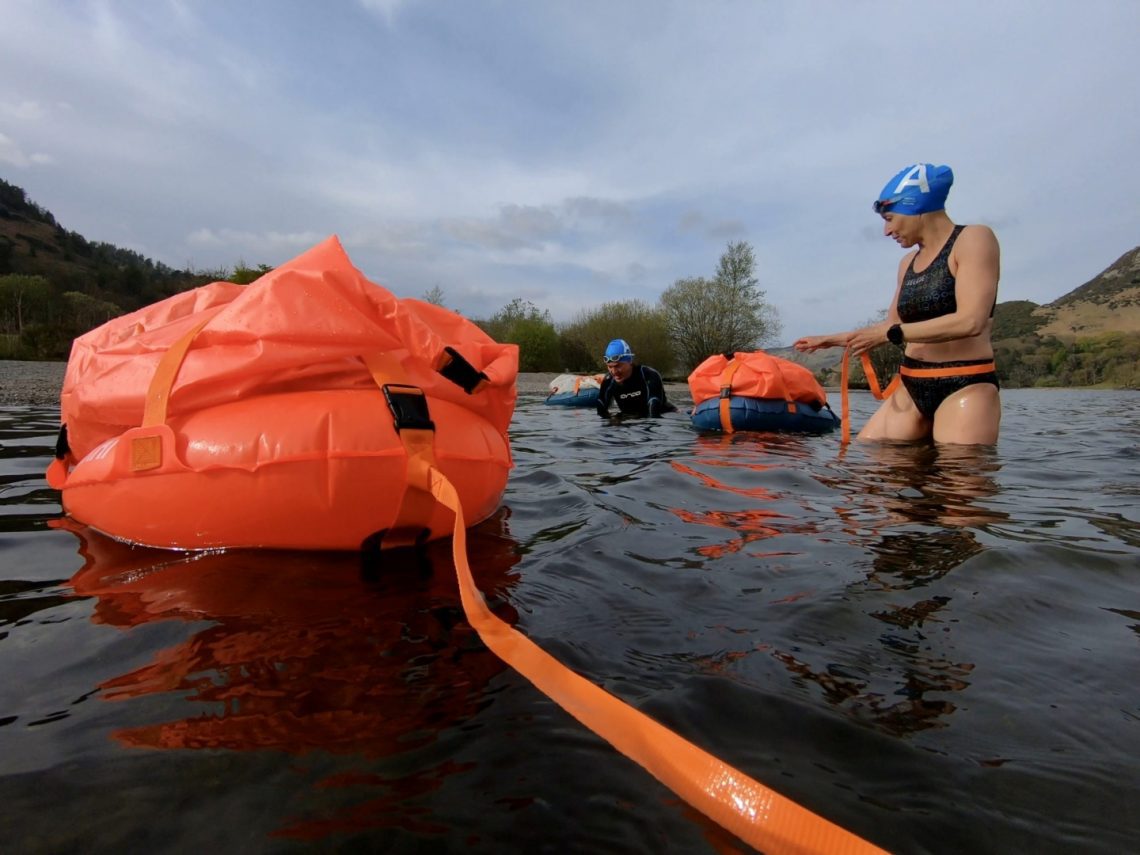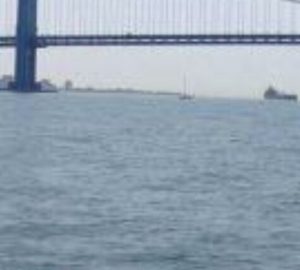
How to plan an A to B swim
Is there an island you have always wanted to swim out to? A river that you have always wanted to adventure down? Or a stretch of coast that you would like to explore from the water rather than on land? Jonathan Cowie has your guide to planning an A to B swim.
Ten years ago my friend Will Watt and I planned a series of swims and runs across London, starting in the north and finishing near our homes in south London.
From the Hampstead ponds to Brockwell Lido via Parliament Hill Lido and the Serpentine, The Swimmer was born. Inspired by the John Cheever celebrated 1964 short story of the same name (ignoring the main character’s descent into bankruptcy and alcoholism), The Swimmer is a relaxed cold water half-marathon swim/run event linking the outdoor pools and ponds of our capital city, taking place monthly throughout autumn and winter. If you live in London, check it out later this winter.
John Cheever, The Swimmer
“His life was not confining, and the delight he took in this thought could not be explained by its suggestion of escape. In his mind he saw, with a cartographer’s eye, a string of swimming pools, a quasi-subterranean stream that curved across the county.”
For Will and I, swimming and running to a destination was what fired us up. Swimming events where you swim in a circle are never as appealing as swimming somewhere under your own steam.
River swims such as the Thames Marathon and Dart 10k, where you end up somewhere different, were always my favourite. And although I have never taken my love of an A to B swim as far as swimming the English Channel or other big ticket marathon swims, planning some longer destination swims is high on my summer wish list. Use our guide to plan your own route…
A to B swim route planning
Is there an island you have always wanted to swim out to? A river that you have always wanted to adventure down? Or a stretch of coast that you would like to explore from the water rather than on land? Plan your route using a paper map or online mapping tools (the OS Maps app is a great tool). A bit of navigation and map-reading knowledge is really useful when planning a route.
Key things to consider including:
• Length of route. Don’t bite off more than you can chew! Better to start small and work up to longer swims as you get more experienced (and fitter).
• Entry and exit points. These are key, and always best to recce your entry and exit points on the ground before swimming. If you are planning a long swim it is always a good idea to have some emergency exit points too.
• Know your map! Is the land your entry and exit points are on private or open access? If your route also involves walking, is the land flat or hilly? Take into account elevation when planning how long your walking route will take.
• Consider stashing some clothes at the end of your route (perhaps in a bush!), park at the end of your route and walk to the start, or invest in a RuckRaft (an inflatable raft that will carry your rucksack) to be able to swim with your kit.
This is an extract from the June edition of Outdoor Swimmer. Planning an A to B swim? Find everything you need, from tow floats and backpacks to waterproof map cases and Swim Wild & Free bobble hats for winter adventures, via the Outdoor Swimmer shop.
Photo: Katia Vastiau








